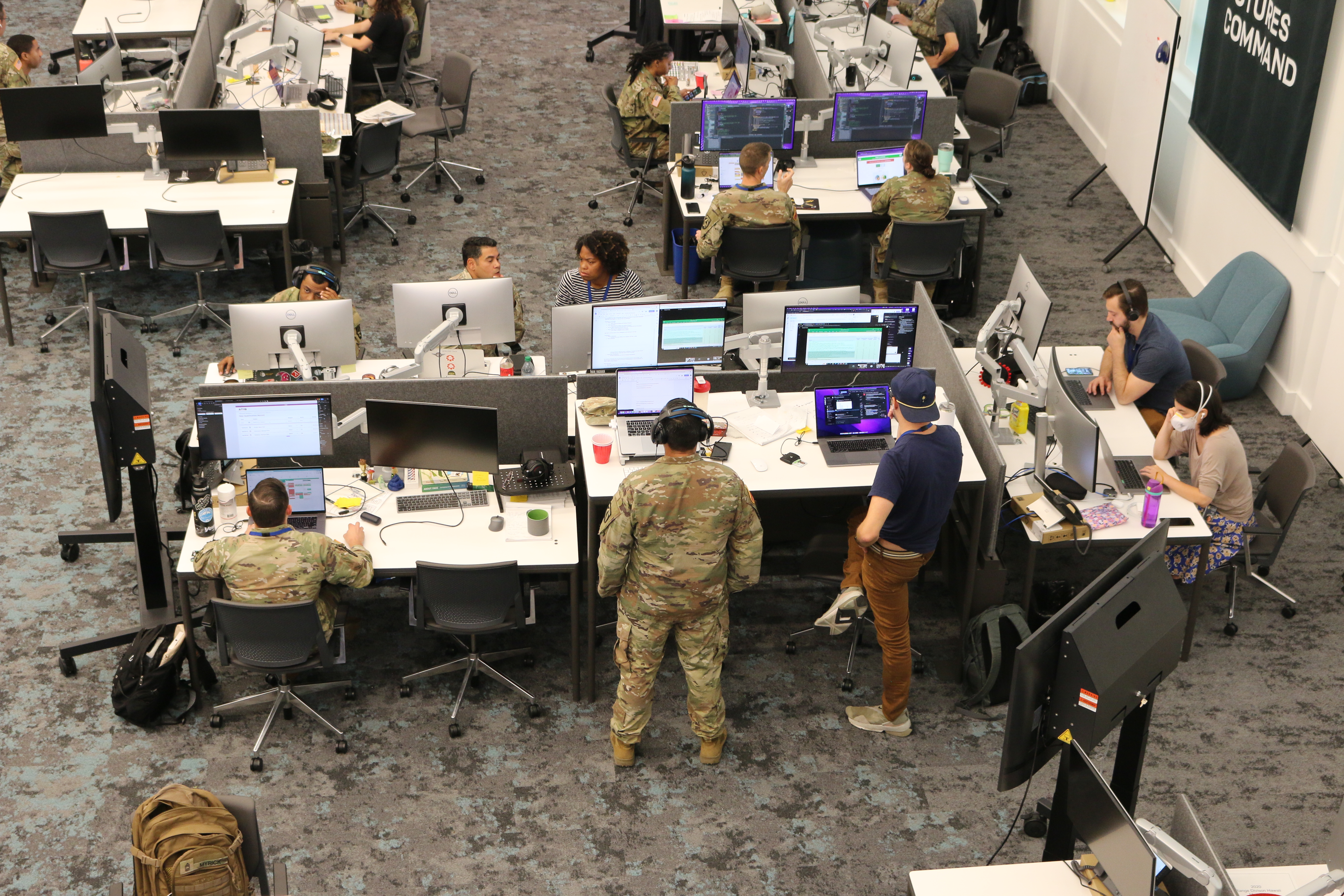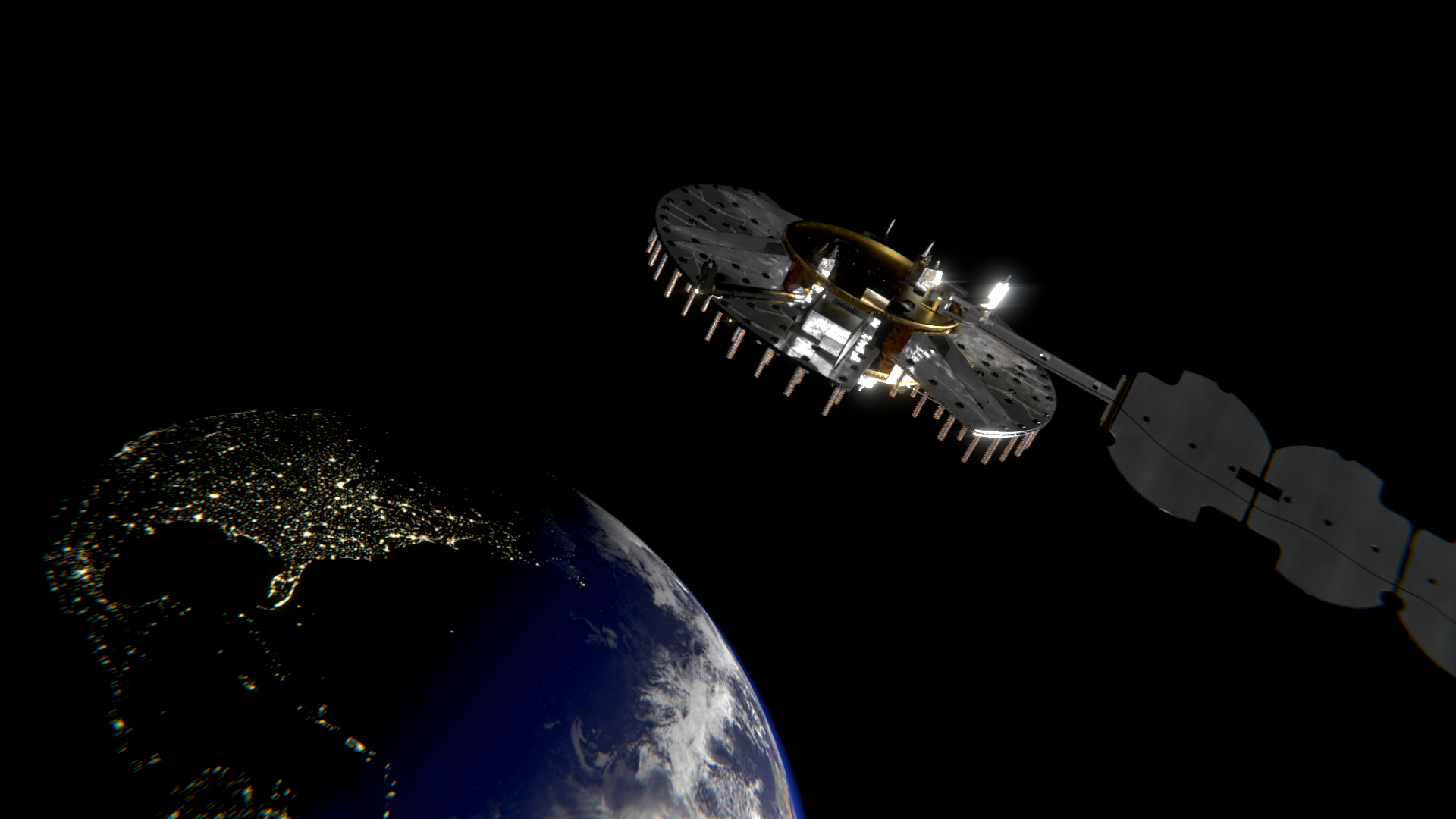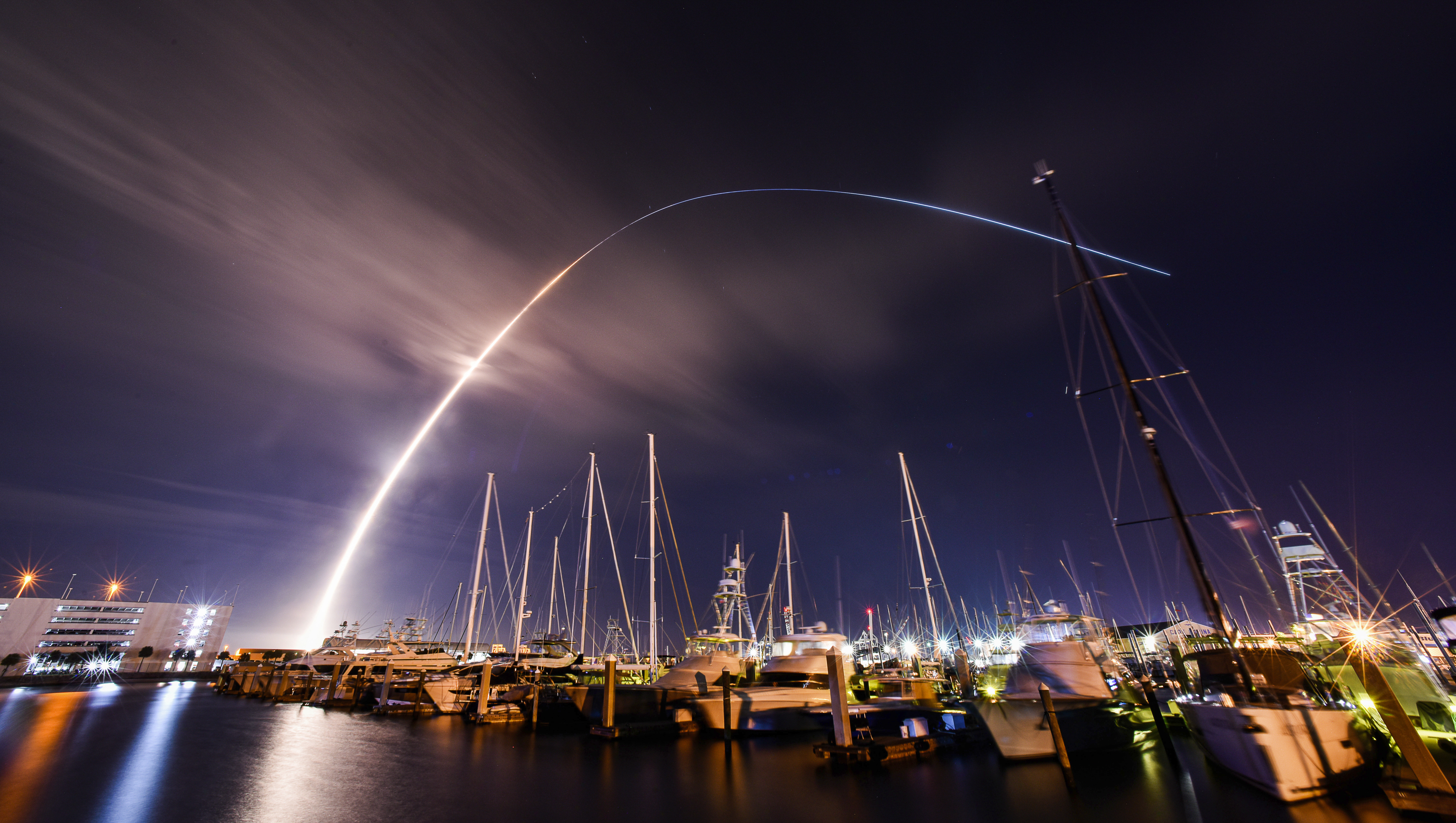
We are taught in judo that shizentai (natural posture) is our basic position, but little emphasis is placed on it apart from its use as physical posture. Yet, choosing shizentai as a central element of judo goes beyond the physical characteristics of how to stand and move properly.
SHIZEN-TAI is one of the first lessons of NAGE NO KATA. After bowing in front of joseki and each other, the participants enter the shizentai. As my sensei reminded us, “This is the judo fighting position. “This is the one from which we move, we generate power, we create an impulse, and we execute techniques.” Tai sabaki (pivots) , punches, and kicks are usually done from shizentai . SHIZEN-TAI allows us to carry out action focused on the execution of the technique without going to a particular position. While we adopt other positions in case of need, Shizentai is our central position.
KOIZUMI declares that:
“The natural fundamental posture, so called, is the basic body attitude in judo training… The lines of the posture so formed express calm dignity, balanced stability, passivity, careless ease, peace and tranquility, known in philosophical terms as “action in in inaction”, full of potentials. This posture allows you to carry out a quick change of position and attitude when necessary, and to retain the greatest freedom. … Cultivating natural fundamental posture is the main object of basic judo training, given its attributed virtues cited above. ” (Koizumi, 1960 : 176)
Beyond its purely physical characteristics, the shizentai can be seen as a reflection of concepts associated with the DAI SHIZEN, or GREAT NATURE. The Dai Shizen refers to the natural world around us with all its interdependent, visible and invisible rhythms, processes, connections and forces. We are part of the Dai Shizen . As people, we are not simply thrown in there to rule, regulate or destroy our own way. There is a place that is natural and just where we fit in the frame of the largest mosaic.
Koizumi refers to the role of judo in raising awareness of this wider concept:
“As we advance in the study of judo, we realize that the opponent is a necessary partner for that progress, as well as all other men for human progress, and that human life is based on a common basis.” … we realize that the essence of art is to harmonize our movements with the rhythm of “flow”… The mind and body are inseparable components, a single living being, and indeed they are coexistent and inter-influencer. So training is training the other. ” (Koizumi, 1960 : 175)
Kano’s choice of SHIZEN-TAI NO RI as a central element of judo signals that judo is more than a set of physical techniques. Judo is an art that is literally a path—a DO or a michi—that takes us somewhere. We have within us the understanding of a just and natural way of living in order to be in agreement or in harmony with the rest of the world around us. Our goal is to learn how to free ourselves from conflicts and distractions that make us lose contact with that natural sense within us. The ultimate ideal of Kano judo, JIKO NO KANSEI (“perfect yourself”) is a vision of harmony with life’s greatest tapestry, achieved by overcoming the obstacles acquired and obstacles that separate us from our true nature, and grace to understand our bond with the others.
TOMIKI, a long time judoka who studied with KANO as well as UESHIBA in aikido, wrote:
“What are the distinctive characteristics of the Japanese Budo?” These are for sure
questions of mind and philosophy. It has often been said that if we diligently develop our waza, our mental and our minds (kokoro) will improve. Since ancient times, this budo shugyo, or martial arts training and learning, has moved from “techniques” (waza) to “Voie” (michi)… It has been passed on to this generation that the secret principle of martial arts techniques in kenjutsu (The Book of Five Rings) or jujutsu (The Heavenly Scroll of Kito Ryu Jujutsu) is to thoroughly study the principles of arts in order to ‘finally getting to “no posture” (mugamae) — that is, we will develop a real natural posture
(in the home of shizen). Just as mastery deepens the principles of arts leads the body to mugamae, such master leads the soul to mushin, often called “no heart” or “the stillness of the mind.” Although there are different terms for MUSHIN, such as the still heart, the non-living heart, the soft and flexible heart and the everyday heart, they all mean exactly the same. And reaching this state of mushin is in accordance with the objectives of religious and moral systems that have existed at all times and everywhere. ” (Tomiki, K.: 1975)
Judo is an art of integrated principles that weaves, together, physical, moral and philosophical concepts into its objective and method. Establishment of SHIZEN-TAI as a central position is a reflection of the role of judo in helping us find our place in the SHIZEN DAI and work towards the ideal expressed in.
“Attitude is a cancer.”
REFERENCES
On line Koizumi, G. (1960). My study of judo. Cornerstone Library: New YorkTommy, K. (1975; 1986 translation by Dziubla, R. and Shishida, F. ). On Jujutsu and its modernization. From the website of Tomiki Aikido of the Americas athttp://www.tomiki.org/tomikiaikido.http://unm.wsrjj.org/shizentai.htm
Updates:
Promotions at LACSD Captain Matthew Vander Horck’s Makoto Kai Judo Dojo this past Sunday Night
Me congratulating the 3 New Shodans (1st Degree Black Belts) in Judo!
August 27th, 2022, 11:30 AM PDT, Black Belt will do a Live Stream from Goltz Judo Claremont, California.
It will focus on the practicality of judo in self-defense and police situations, as well as in MMA and BJJ. Judo is known for its powerful throws followed by an array of practical groundwork which became the basis of BJJ. Judo also teaches superior falling skills required by Hollywood to be in stunt work. Judo randori (free practice) Bruce Lee felt was the best martial arts practice form short of being in a real fight.
Gary Goltz, MBA has been practicing judo for over 50 years and is 8 degree black belt. He runs Goltz Judo in Claremont California which he founded in 1988. It is among the largest and most successful judo dojos in the country. In addition, Sensei Goltz served as President of the US Judo Association, Chair of their National Promotion Board, President of the Nanka Judo Yudanshakai, and was a Defensive Tactics Advisor to the LAPD.
Sensei Goltz is a regular contributor to Black Belt Magazine and has been close friends with Judo Gene LeBell, Hayward Nishioka, Ronda Rousey, Bob Wall, Hal Sharp, and many legendary martial arts leaders. In 2006 he started the Judo Winter Nationals® which has become the largest judo competition in the country. He also is known for the Tiger Roll comedy bit he did with Jack Black on the Conan O’Brien show.
Mr. Goltz was also a successful entrepreneur and healthcare executive. He help start Apria & Coram, a Division of CVS two of the giants in the home health segment industry.
August – 2022
6th Saturday & 7th Sunday – Yasuo Otoguro Free Clinic & Red Rock Rumble, Henderson, NV
3rd to 5th Saturday to Monday – Nanka Shorai Camp with Darcel Yandzi, Baldwin Park, CA11th Sunday – 1st Annual North American Judo Championships, Wayne, NJ17th Saturday – Becerra Judo Challenge, Plano, TX18th Sunday – Nevada State Kosen Judo Championship, Las Vegas, NV
1st Saturday – Dr. Z Memorial Scrimmage, Claremont, CA27th Thursday & 28th Friday – Nanka’s Hand-On Police Judo Workshop, Santa Clarita, CA December – 2022
I’m always looking for new subjects to write about regarding judo as well as contributions from my readers. Please send them to gary@garygoltz.com
Judoka, Judo blog, Black belt, Judo
b’Black Belt Magazine’
[crypto-donation-box]






